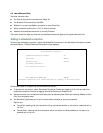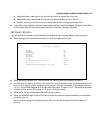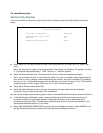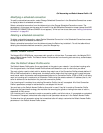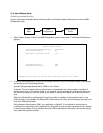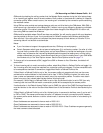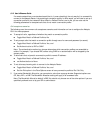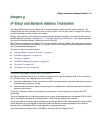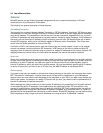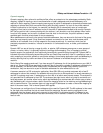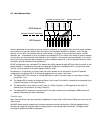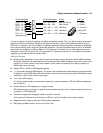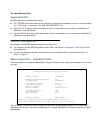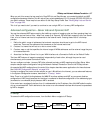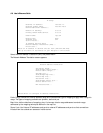9-2 User’s Reference Guide
Features
MultiNAT features can be divided into several categories that can be used simultaneously in different
combinations on a per-Connection Profile basis.
The following is a general description of these features:
Port Address Translation
The simplest form of classic Network Address Translation is PAT (Port Address Translation). PAT allows a group
of computers on a LAN, such as might be found in a home or small office, to share a single Internet connection
using one IP address. The computers on the LAN can surf the web, read email, download files, etc., but their
individual IP addresses are never exposed to the public network. Instead, a single IP address, the IP address of
the router, acts as the source IP address of traffic originating from the LAN. The Netopia allows you to define
multiple PAT mappings, which can be individually mapped to different public IP addresses. This offers more
control over the access permitted to users on the LAN.
A limitation of PAT is that communication must be initiated from the internal network. A user on the external
side can not access a machine behind a PAT connection. A PAT feature is the ability to define multiple PAT
mappings. Each of these can optionally map to a section or range of IP addresses of the internal network. PAT
mapping allows only internal users to initiate traffic flow between the internal and external networks.
Server lists
Server lists, previously known as exported services, make it possible to provide access from the public network
to hosts on the LAN. Server Lists allow you to define particular services, such as web, ftp, or e-mail, which are
available via a public IP address. You define the type of service you would like to make available, and the
internal IP address to which you would like to provide access. You may also define a specific public IP address
to use for this service if you want to use an IP other than the WAN IP address of the Netopia R310.
Static mapping
If you want to host your own website or provide other Internet services to the public, you need more than classic
NAT. The reason is noted above – external users cannot initiate traffic to computers on your LAN because
external users can never see the real addresses of the computers on your LAN. If you want users outside your
LAN to have access, for example, to a web or FTP server that you host, you need to make a representation of
the real IP addresses of those servers public.
Static mappings are a way to make one or more private IP addresses fully accessible from the public network
via corresponding public IP addresses. Some applications may negotiate multiple TCP connections in the
process of communication, which often does not work with traditional PAT. Static mapping offers the ability to
use these applications through NAT. Each private IP address is mapped, on a one-to-one basis, to a public IP
address that can be accessed from the Internet or public network. As with PAT mappings, you may have multiple
Static mappings to map a range of private IP addresses to a range of public IP addresses if desired.



